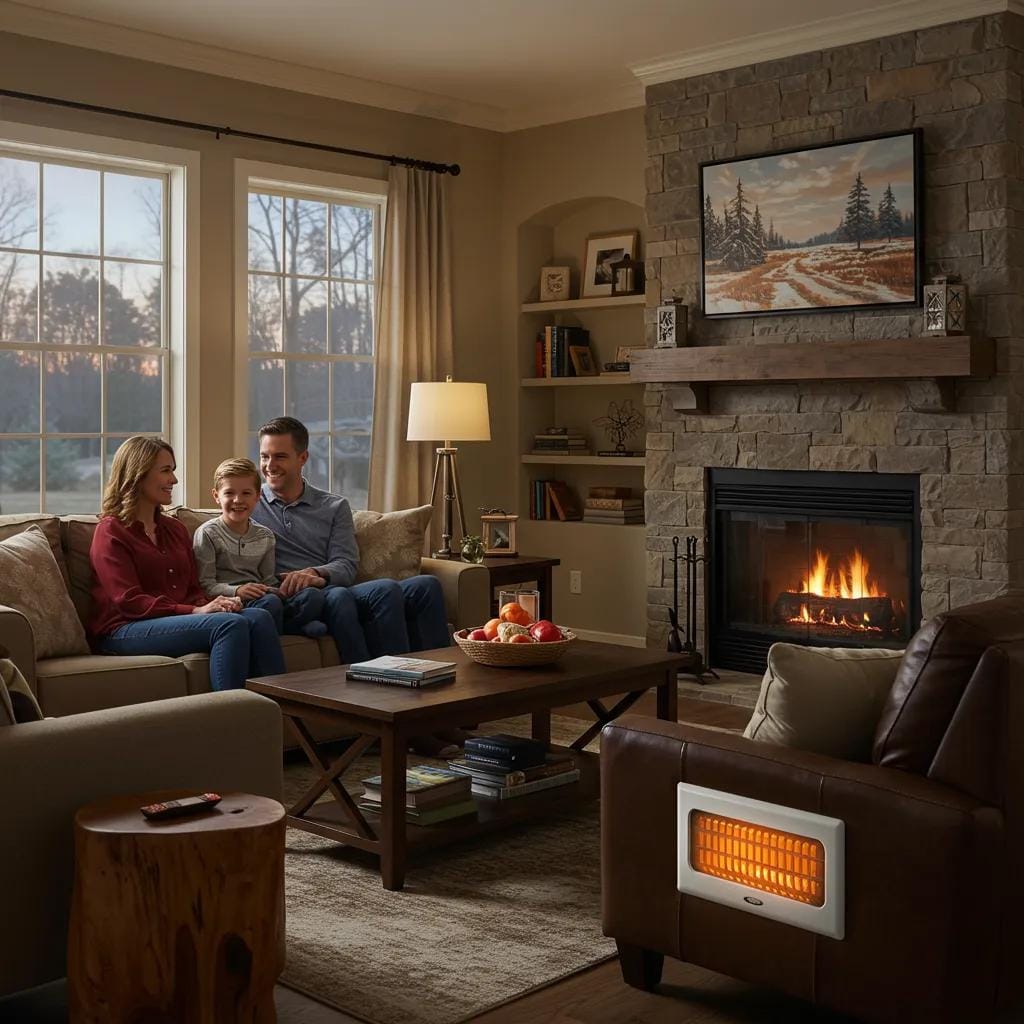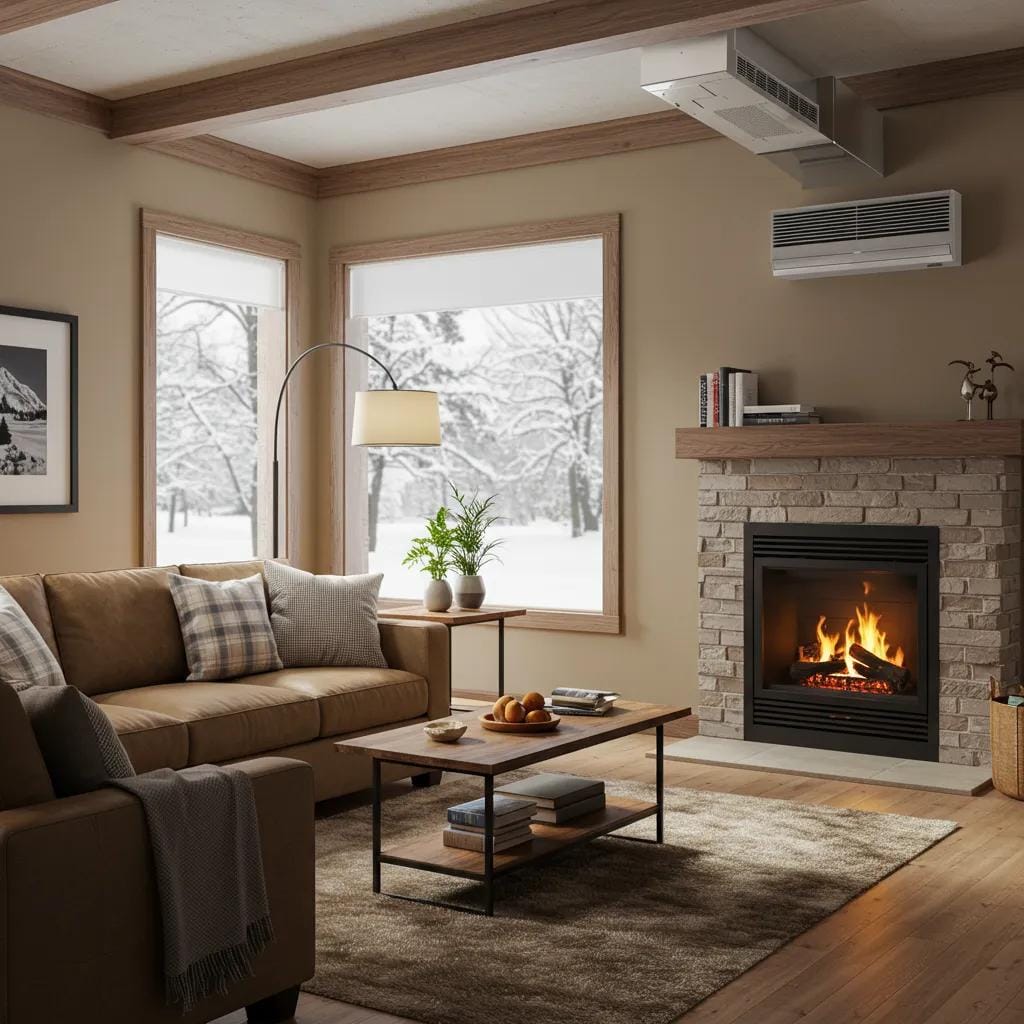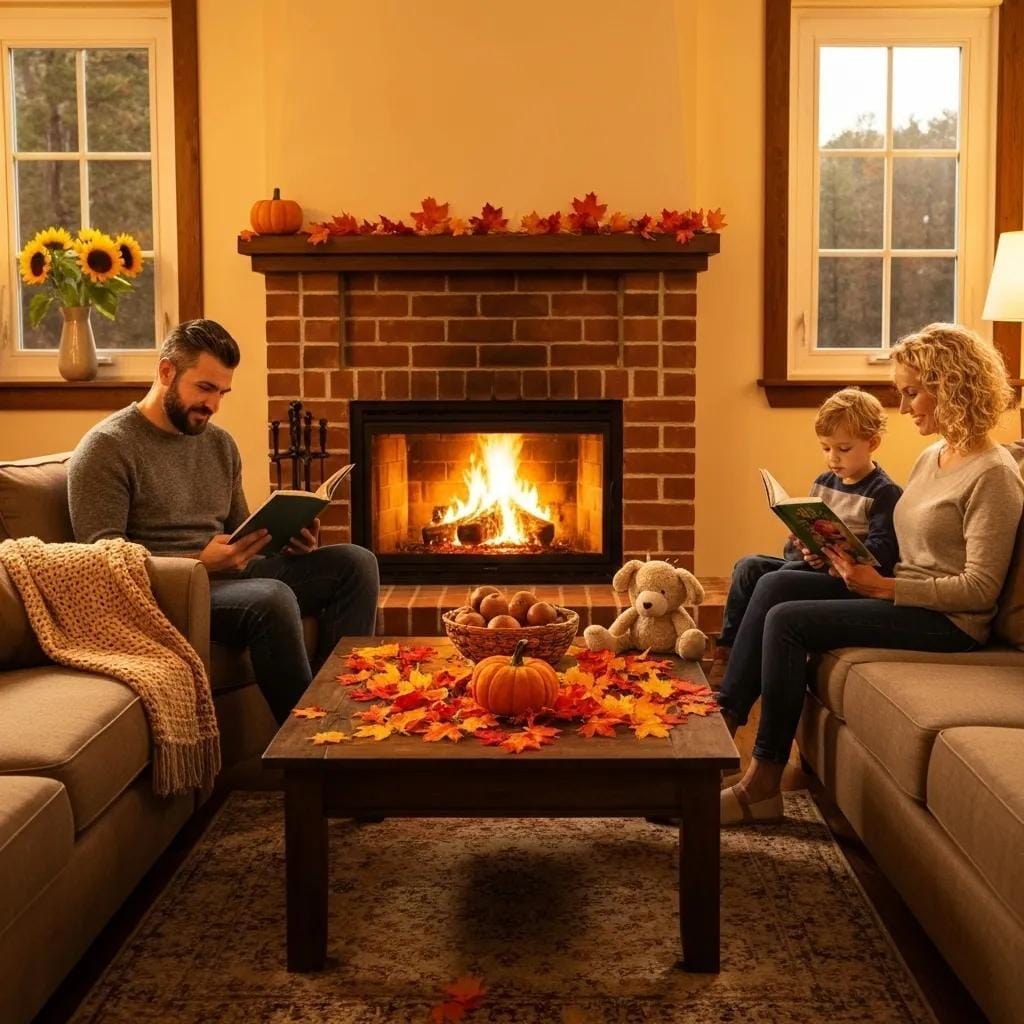When it comes to thermostat settings, it’s important to maintain a balance between personal comfort and energy costs. Adjusting the thermostat accordingly can ensure you and everyone in your home maintains a comfortable temperature, while also keeping utility costs manageable. It can be confusing to find that sweet spot, however. There are different recommended summer thermostat settings and winter thermostat settings. Keeping track of the recommended thermostat settings for your area can become confusing. These are a few energy saving tips that will help you stay on track with your bills while staying comfortable inside your home.
Summer Thermostat Settings
When looking for the perfect summer thermostat settings, you want to find a temperature that is comfortable for you and that is cost-efficient for your cooling system. When the weather is on the warm side, 78 degrees Fahrenheit is a good temperature to set your thermostat. This is the recommendation for when you are at home so that you can maintain a temperature that feels right. When you’re going to be away for more than four hours, it’s wise to raise the setting. Move it up by ten degrees, to 88 degrees Fahrenheit.
This practice will keep you cool while you’re in the house and save you a significant amount of money. There’s no need for your system to work as hard when you’re not at home to enjoy it. You could actually save money by raising your at-home temperature a bit. If you’re comfortable, try raising the recommended thermostat settings by a degree at a time to determine which setting works best for the members of your household. You could save six to eight percent off of your total utility cost for each degree above 78 you go. Some trial and error will let you find the setting that’s right for you.
Winter Thermostat Settings
There’s definitely a different winter thermostat setting recommended for the colder months. Keep it set to 68 degrees Fahrenheit when you’re at home during the day time. As with summer settings, you should also adjust it when you are away. Feel free to move the setting down a bit if you’re going to be out of the house for an extended period of time. You could save quite a bit of money doing this when everyone is away at work or at school.
Even if you’re a homebody who doesn’t go out much, you can still save money on your heating bill by turning your thermostat down at night. Experiment with what works for you, but try for between 10 and 15 degrees lower while you sleep. Many people find sleeping in cooler temperatures to be comfortable. Using blankets is usually enough to keep you plenty warm. You’ll save a significant amount of money with this practice, usually between 5 and 15 percent each year.
Benefits of a Programmable Thermostat
If you want to make regulating your recommended thermostat settings even easier, consider investing in a programable thermostat. You can set these to automatically run your desired program throughout the day in both warmer and cooler months. You won’t have to remember to make the changes yourself, and automating your household comfort in this way can help you save money. After all, you won’t notice a difference in your utility bills if you forget to change the thermostat settings when you’re away or sleeping. A programmable thermostat takes care of it all for you.
A programmable unit can adjust the temperature inside your home several times throughout the day and night. You can always override the settings manually if you need to make an adjustment based on someone’s unique comfort needs. What’s great is that you can customize this automation based on your family’s preferences. Another advantage is the ability to set the thermostat to warm up a couple of hours before you wake up in the morning so that you’ll be comfortable when getting out of bed in the winter.
These are some general summer and winter thermostat setting recommendations. What works for you and the members of your household will probably vary. You can experiment to see what works best, but following these guidelines is a great place to start. It is possible to be comfortable in your home and to save money each year on utilities when you discover the balance between comfort level and efficiency.







